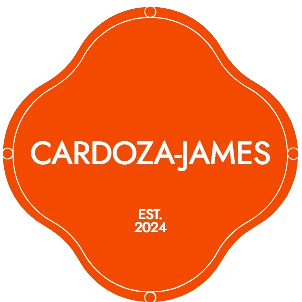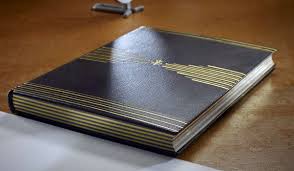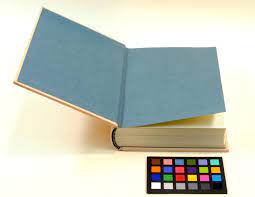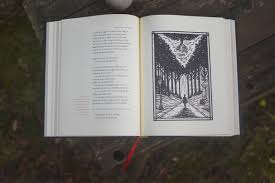
Case binding, also known as hardcover binding, is one of the most durable and professional bookbinding methods available. It involves attaching a book’s pages to a stiff cover (or “case”) made from board material. With a rich history and enduring appeal, case binding balances form, function, and longevity, making it the go-to choice for high-end printed materials.
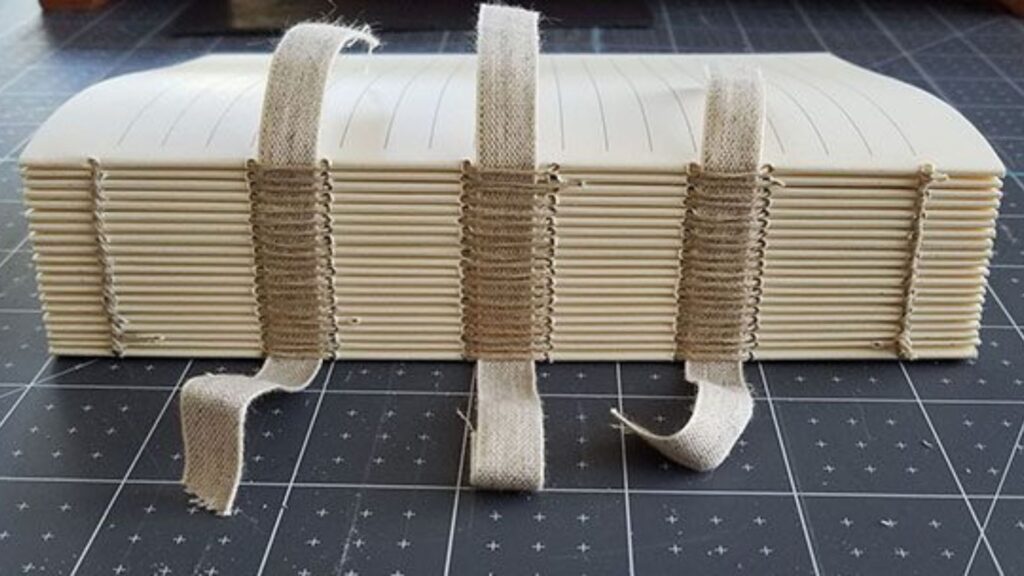
Understanding the Case Binding Process
The case binding process involves multiple precise steps designed to ensure structural integrity and visual appeal.
Collating and Sewing the Signatures
-
Pages are grouped into signatures (folded sections of multiple pages).
-
These signatures are sewn together using thread to create a durable spine.
-
For higher volumes, the signatures may be glued (perfect binding style) instead of sewn.
Gluing the Spine
-
The sewn or glued spine is reinforced with a layer of mull (gauze fabric) and glue to hold everything together.
-
An optional headband and tailband (decorative colored fabric) may be added at the top and bottom of the spine.
Making the Case (Cover)
-
The “case” is constructed separately using rigid binder’s board, typically covered with cloth, leatherette, or printed paper.
-
The material is wrapped around the board panels and spine using strong adhesive.
Casing In (Attaching the Book Block to the Cover)
-
The book block is glued into the case using endpapers, which attach the first and last pages to the inside of the cover.
-
Pressure is applied to ensure a tight bond and precise alignment.
Final Trimming and Pressing
-
The book is trimmed to final size, if necessary.
-
It may be pressed to eliminate air pockets and ensure a crisp, flat finish.
Result: A sturdy, long-lasting hardcover book with a premium feel.
Common Materials Used in Case Binding
-
Boards: Greyboard, chipboard, or binder’s board
-
Covering Materials: Cloth, leather, faux leather, printed paper, laminated paper
-
Endpapers: Acid-free, archival-quality paper for long-term durability
-
Adhesives: Hot melt or cold glue, often EVA or PUR
-
Decorative Additions: Foil stamping, embossing, dust jackets, or ribbon bookmarks
Key Benefits of Case Binding
-
Durability: Strong spine and rigid cover protect pages from damage.
-
Professional Appearance: Looks polished and high-end—ideal for official or commercial use.
-
Long Shelf Life: Pages are less prone to wear, making it excellent for archival purposes.
-
Customizability: Wide variety of cover materials, printing options, and finishes.
-
Great for High Page Counts: Supports heavy, multi-page documents without falling apart.
Applications of Case Binding
Case binding is preferred when the quality and longevity of the printed material matter most. Common use cases include:
Books
-
Fiction and non-fiction hardcovers
-
Coffee table books
-
Textbooks
-
Art books
Corporate and Institutional Documents
-
Annual reports
-
Commemorative books
-
Academic theses and dissertations
Journals and Notebooks
-
High-end planners
-
Professional diaries
-
Custom notebooks for gifting
Educational Materials
-
Yearbooks
-
Library editions
-
Curriculum reference books
Limited Editions and Collector’s Items
-
Custom photo albums
-
Artist portfolios
-
Special edition novels
Considerations Before Choosing Case Binding
| Factor | Consideration |
|---|---|
| Cost | Higher than softcover or perfect binding |
| Production Time | More time-intensive due to multi-step process |
| Minimum Quantity | Often better suited for medium to large runs |
| Weight | Heavier than other bindings, affecting shipping |
Despite the higher cost, the presentation and longevity often justify the investment for the right type of project.
Conclusion
Case binding is the gold standard for bookbinding when durability, visual impact, and quality matter most. Whether you’re publishing a novel, producing a company yearbook, or creating a one-of-a-kind art book, case binding provides a professional, elegant, and long-lasting result.
Understanding the process and applications empowers you to make informed choices and elevate the value of your printed materials.
